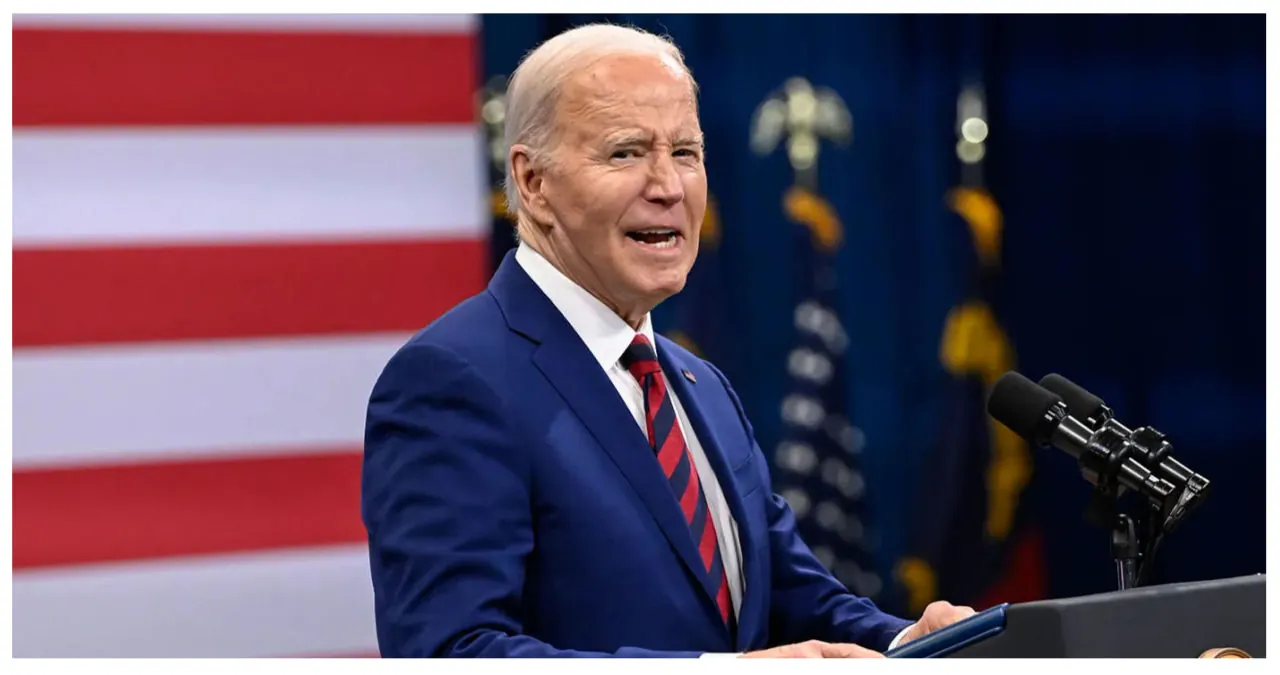The Biden administration has recently implemented a rule that is set to significantly increase the number of electric trucks in the U.S. truck fleet.
According to the rule, it is projected that by 2032, electric sales of lighter heavy-duty trucks could account for 60 percent, while medium heavy-duty trucks could see a 40 percent electric sales share. Additionally, heavy heavy-duty trucks could have a 30 percent electric sales share by the same year.
The regulations for trucks do not specifically require a transition to electric vehicles (EVs). Instead, they establish pollution limits for the fleets of truck manufacturers, which are intended to encourage the adoption of electric and other low-emission technologies such as hybrids.
The EPA’s rule offers an alternative scenario where electric trucks are not used. Instead, the standards can be met by utilizing hybrid trucks and trucks powered by natural gas and hydrogen.
The requirements for the finalized truck rule were relaxed for the earlier years of the program, similar to the recently issued rules for passenger vehicles. This decision was made to encourage the development of new technology and the deployment of more charging infrastructure.
According to an EPA spokesperson, the newly implemented rule is projected to achieve a slightly more significant reduction in emissions compared to the previously proposed rule.
By 2055, it is estimated that this initiative will help in the prevention of one billion metric tons of greenhouse gas emissions. This is roughly equivalent to the total emissions produced by 263 coal plants over the course of one year.
Transportation is responsible for approximately 27 percent of the United States’ greenhouse gas emissions, with heavy-duty trucks accounting for a quarter of that amount. This indicates that heavy trucks contribute to approximately 7 percent of the nation’s total emissions.
Furthermore, officials anticipate that the implementation of this rule will not only reduce releases of carbon emissions but also decrease the release of other types of pollutants, thereby resulting in significant public health benefits.
According to EPA Administrator Michael Regan, approximately 72 million Americans, who are often individuals from marginalized communities or individuals with lower incomes, reside in close proximity to freight truck routes.
Jed Mandel, president of the Truck and Engine Manufacturers Association, expressed his concerns about the final rule, stating that it may become the most difficult, expensive, and potentially disruptive heavy-duty emissions rule ever implemented.
The group expressed specific concerns regarding the accessibility of charging infrastructure and also raised doubts about the potential demand for electric trucks that would be sufficient to ensure manufacturers’ compliance.
In a joint statement, Senators Pete Ricketts (R-Neb.) and Dan Sullivan (R-Alaska), along with Representatives John James (R-Mich.) and Russ Fulcher (R-Idaho), expressed their concerns regarding President Biden’s EV mandate for heavy trucks. They argued that this mandate would have detrimental effects on the nation’s supply chain and increase our reliance on China, ultimately leading to higher costs for everything.
The leaders of the American Fuel & Petrochemical Manufacturers and American Petroleum Institute lobby groups, Chet Thompson and Mike Sommers, expressed their disapproval of the rule and stated that they are ready to take action. They believe that Congress should overturn this misguided rule, but if that doesn’t happen, they are willing to explore legal challenges.
Environmental groups have generally lauded the revised standards, but they also believe that they could have been more ambitious in curbing truck emissions.
Guillermo Ortiz, a clean vehicles advocate at the Natural Resources Defense Council, expressed in a written statement that these EPA standards will not only safeguard our families from harmful pollution but also guide us towards a more secure climate.
However, he mentioned that “this rule could have accomplished more.”
Communities affected by the movement of freight are constantly reminded of the pressing need for action through every wheeze and gasp for breath. It is imperative that the federal government takes comprehensive measures to combat this detrimental impact on our families.

